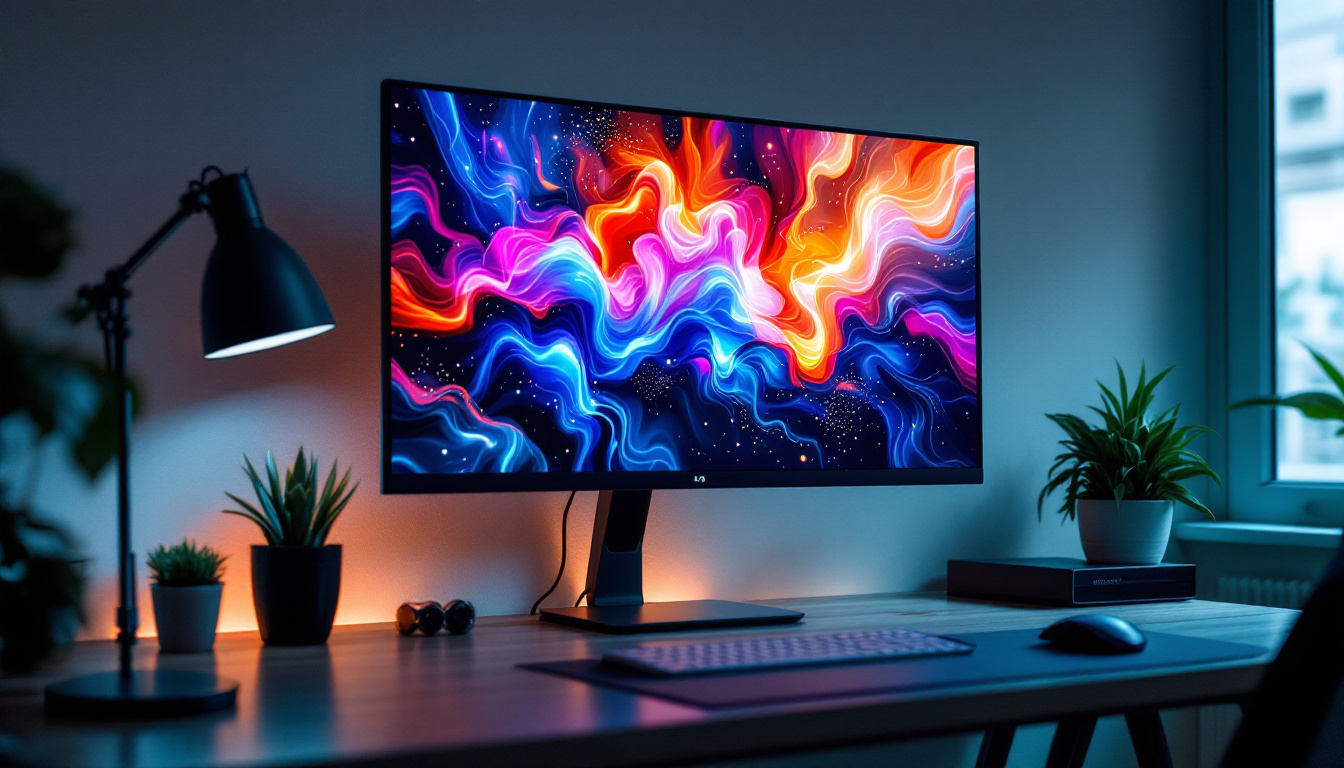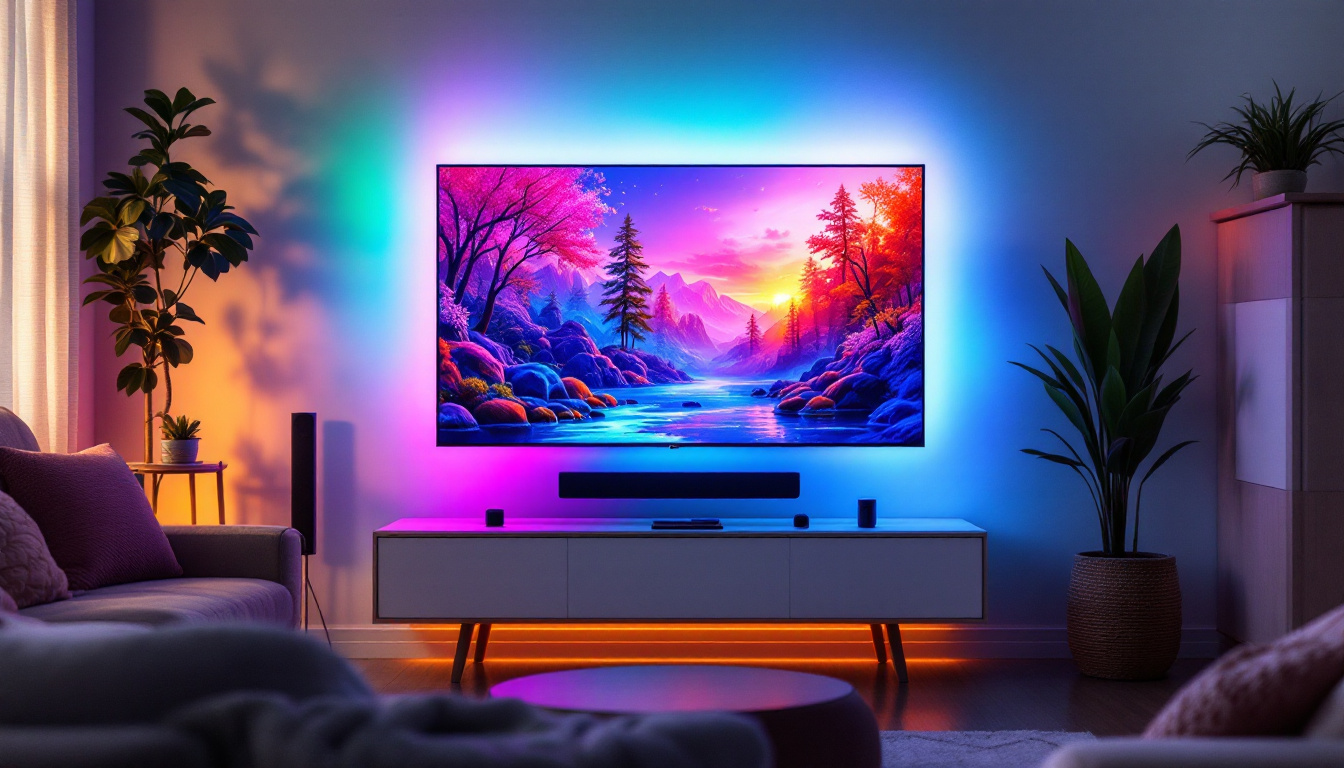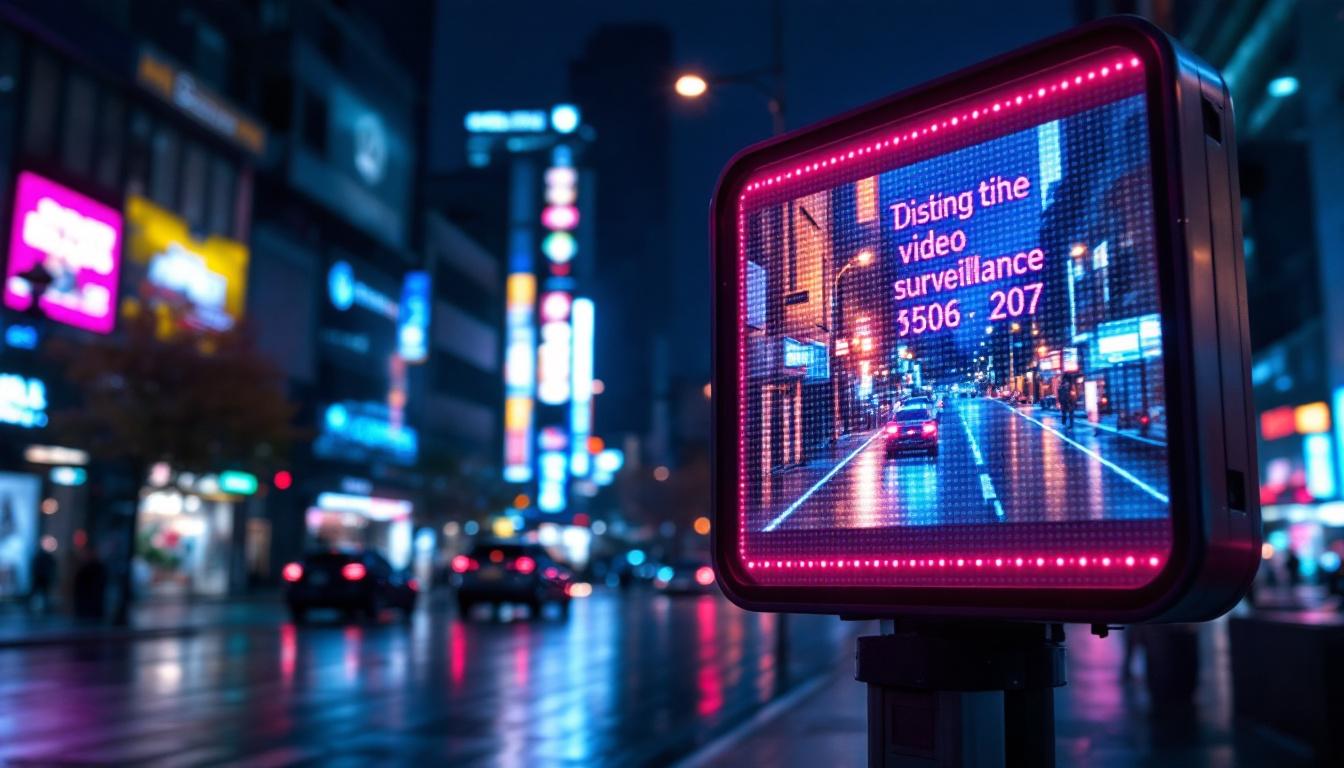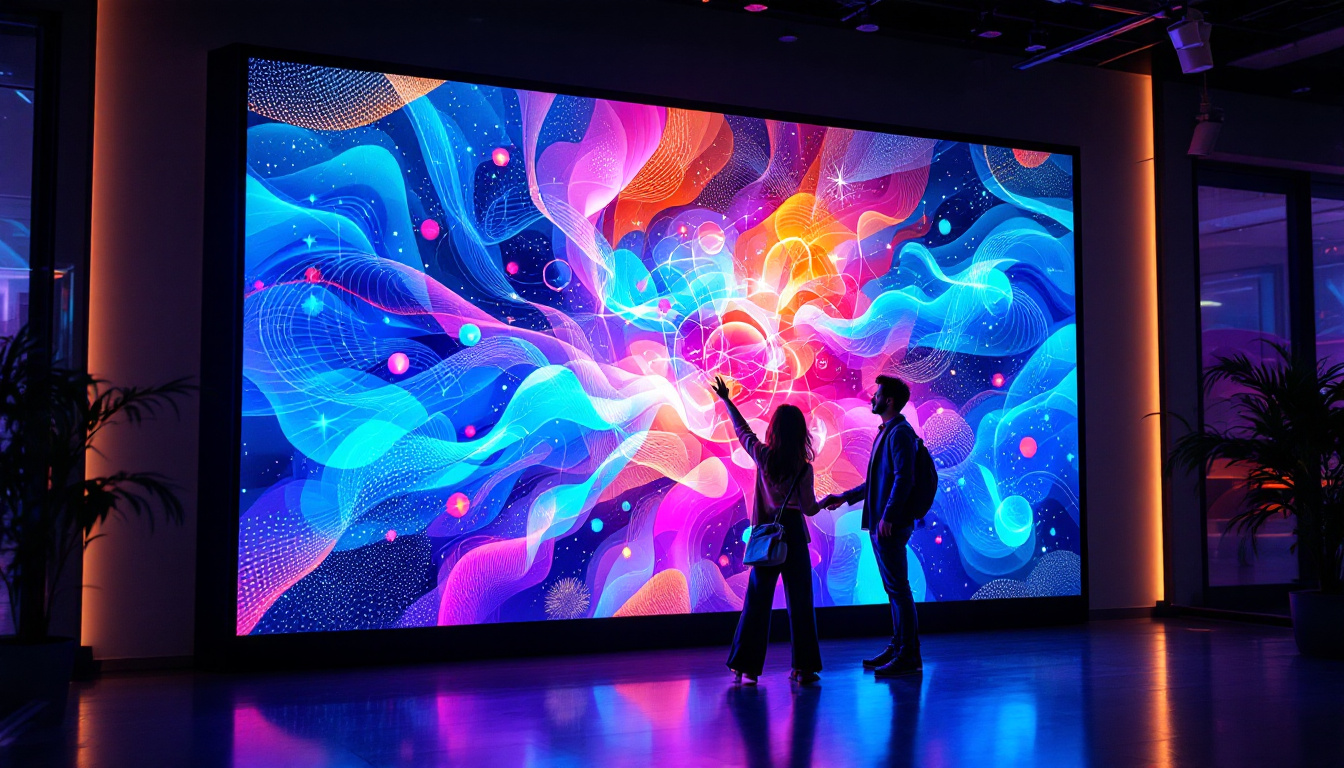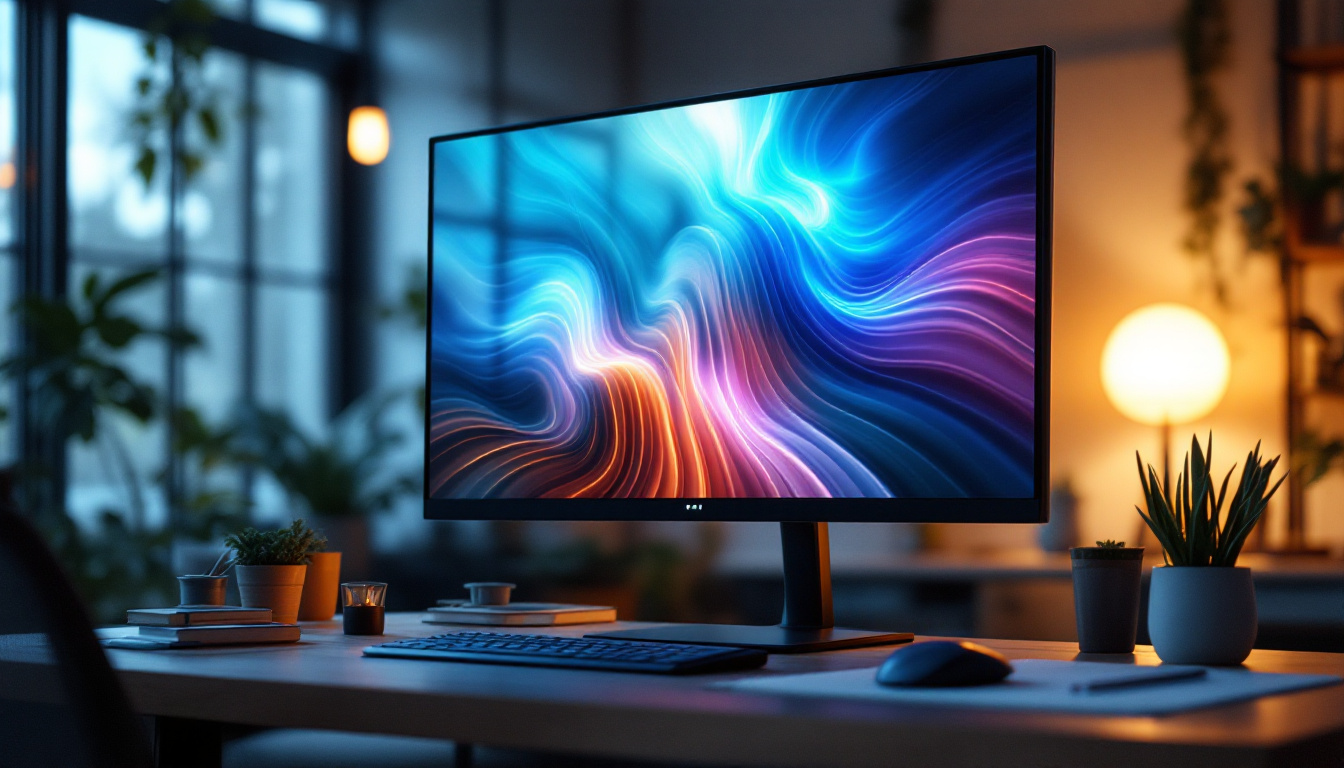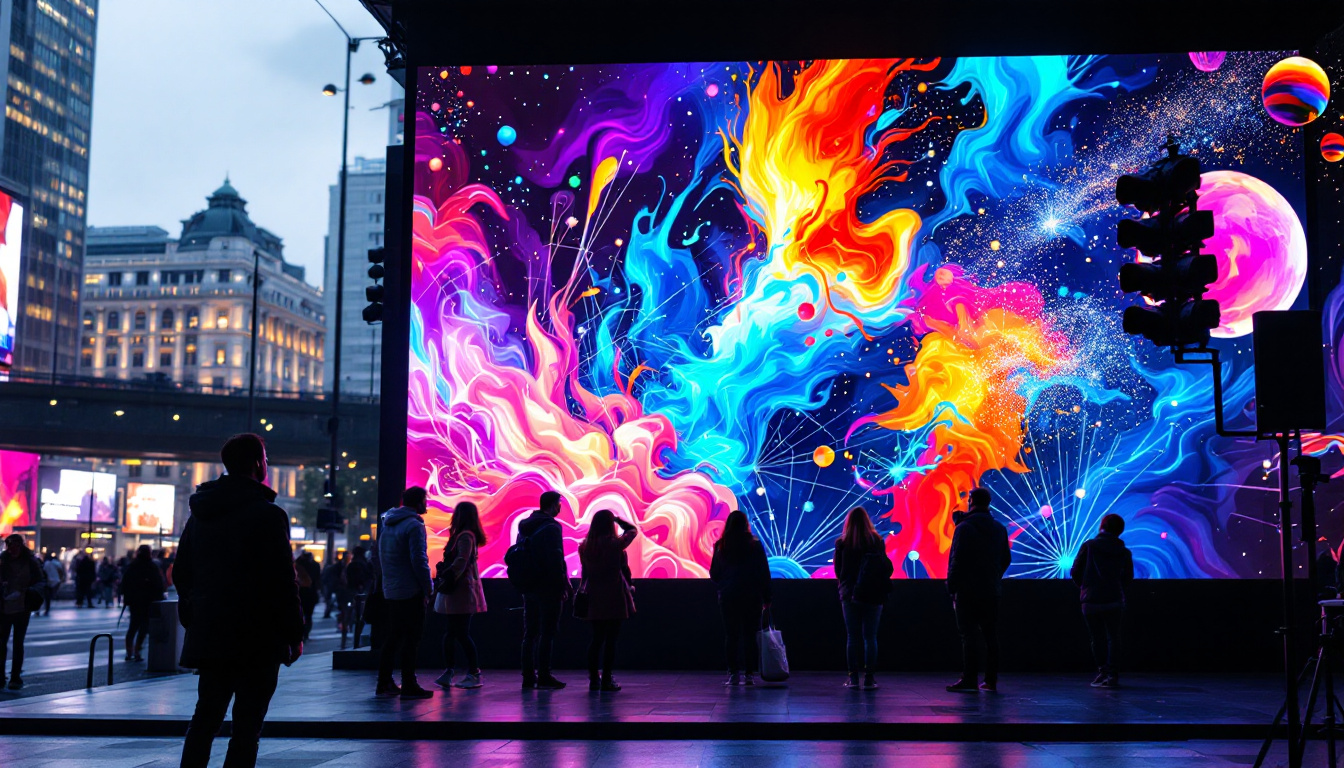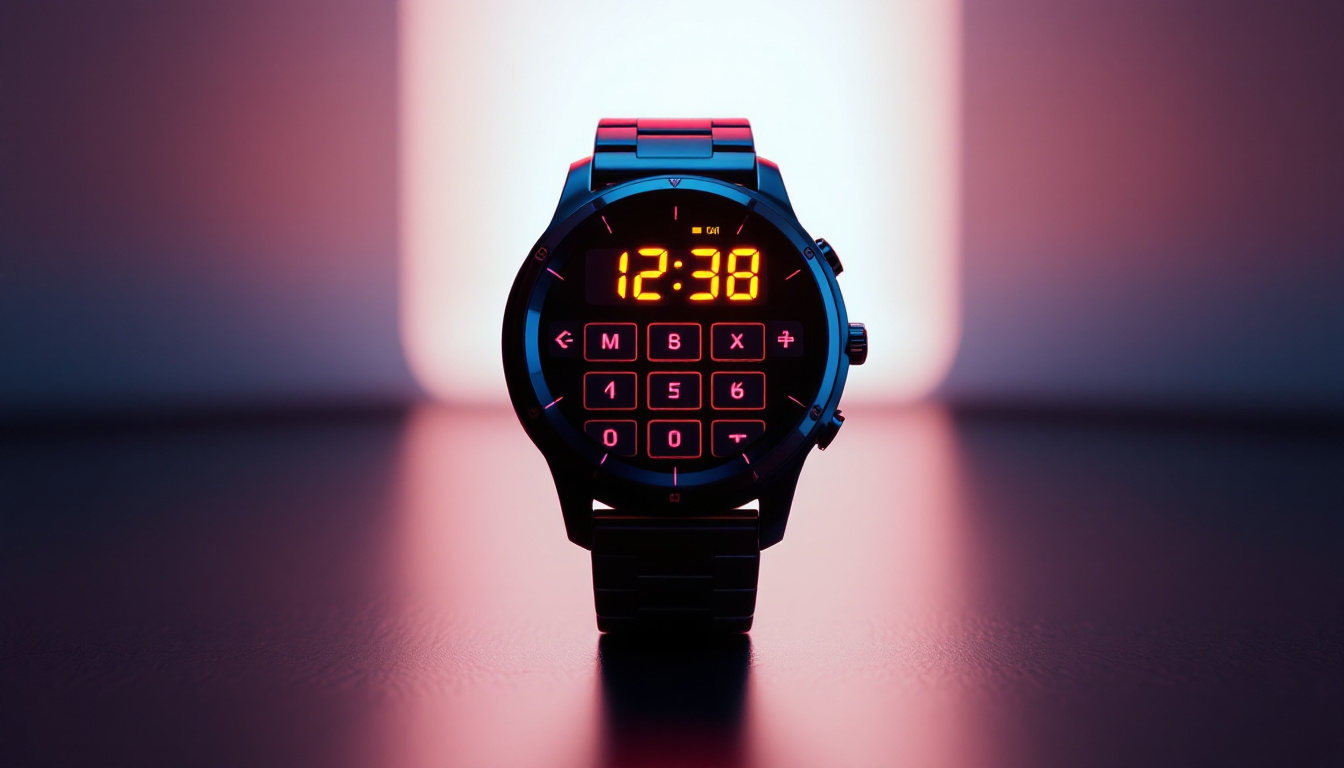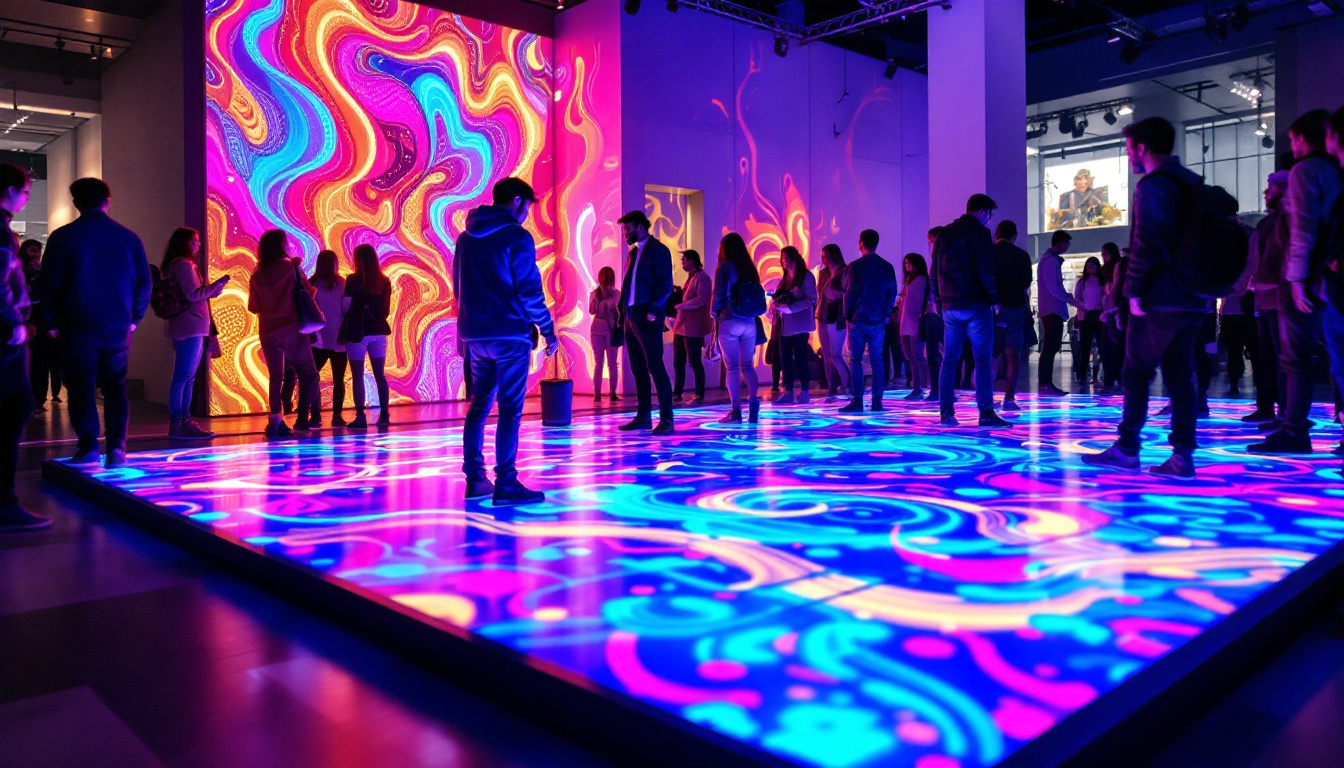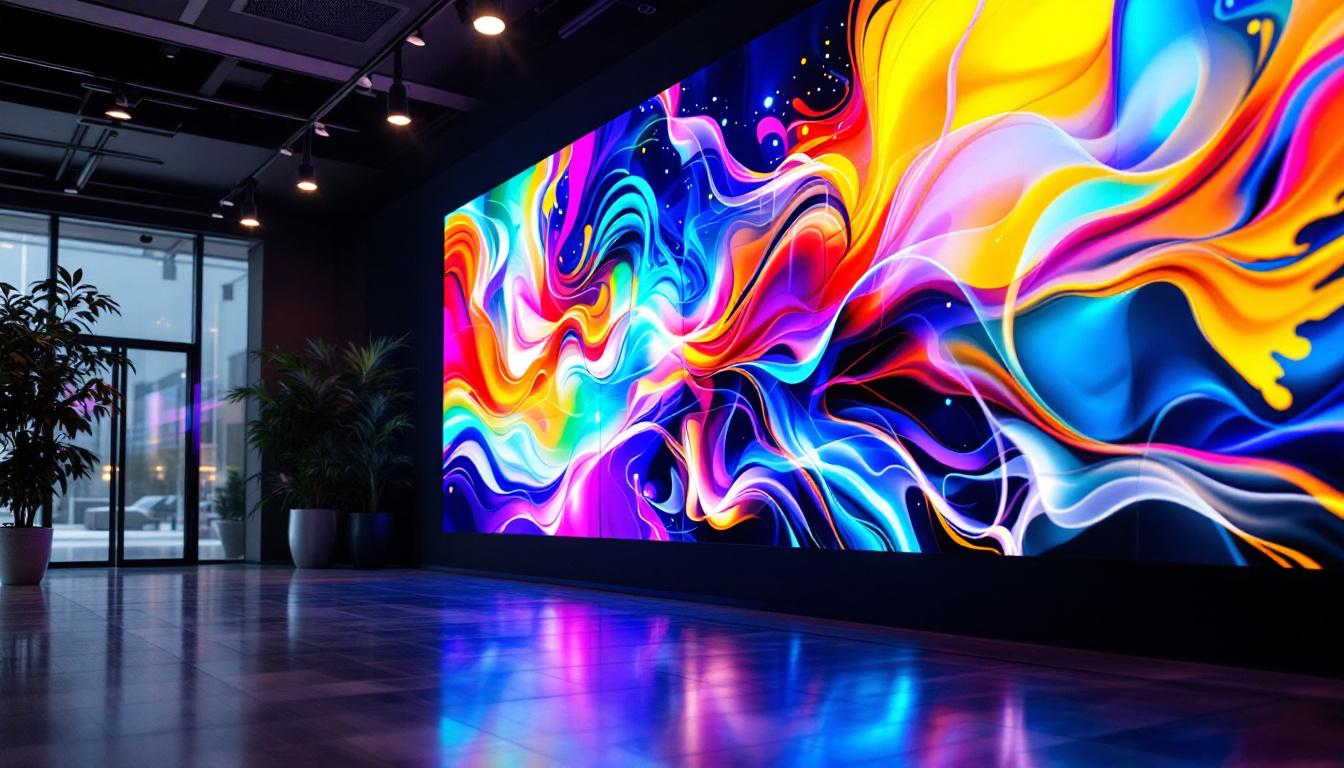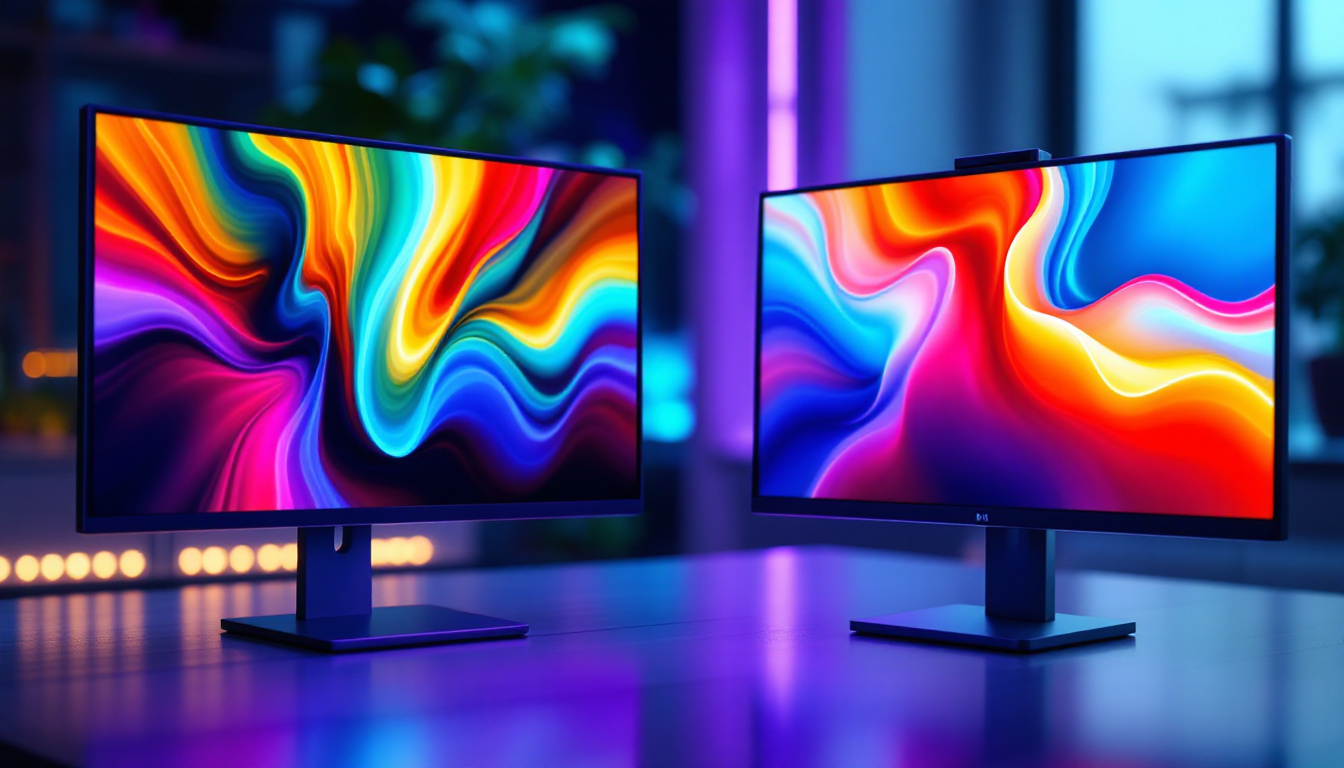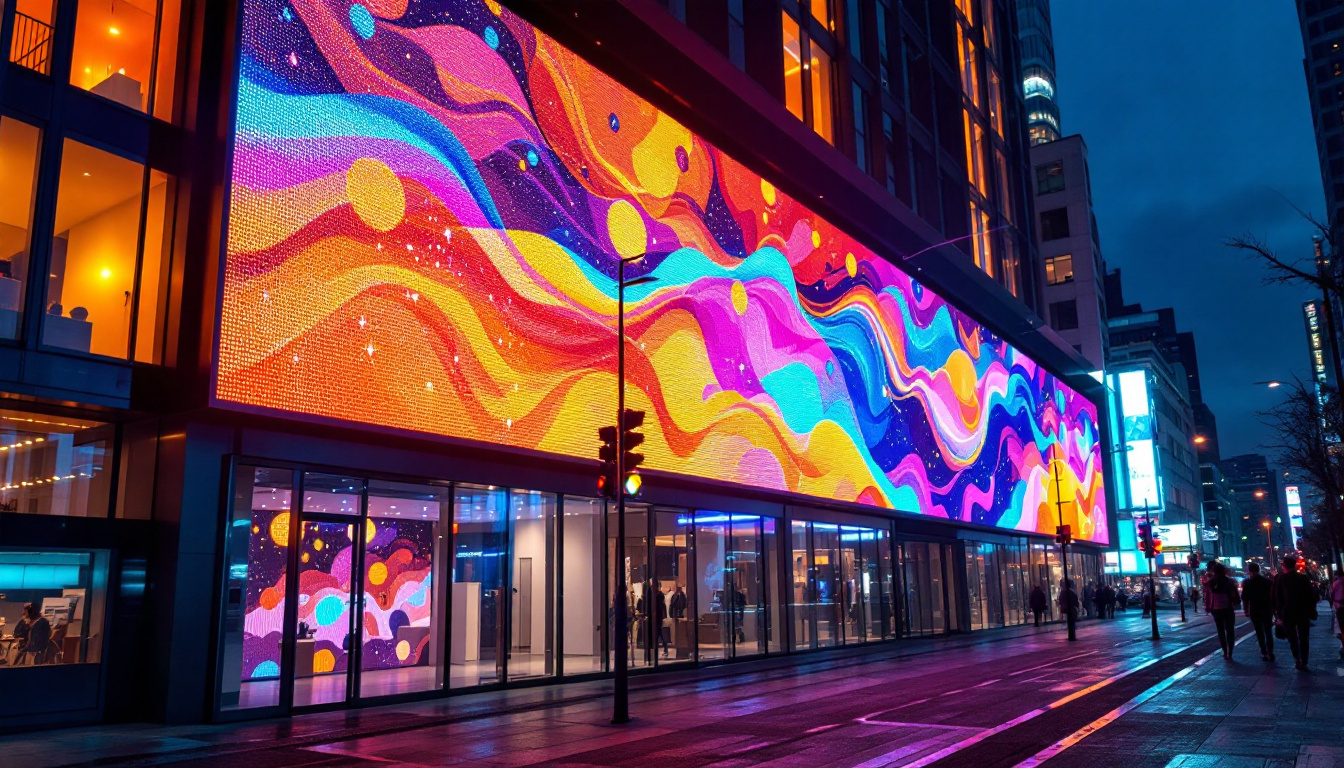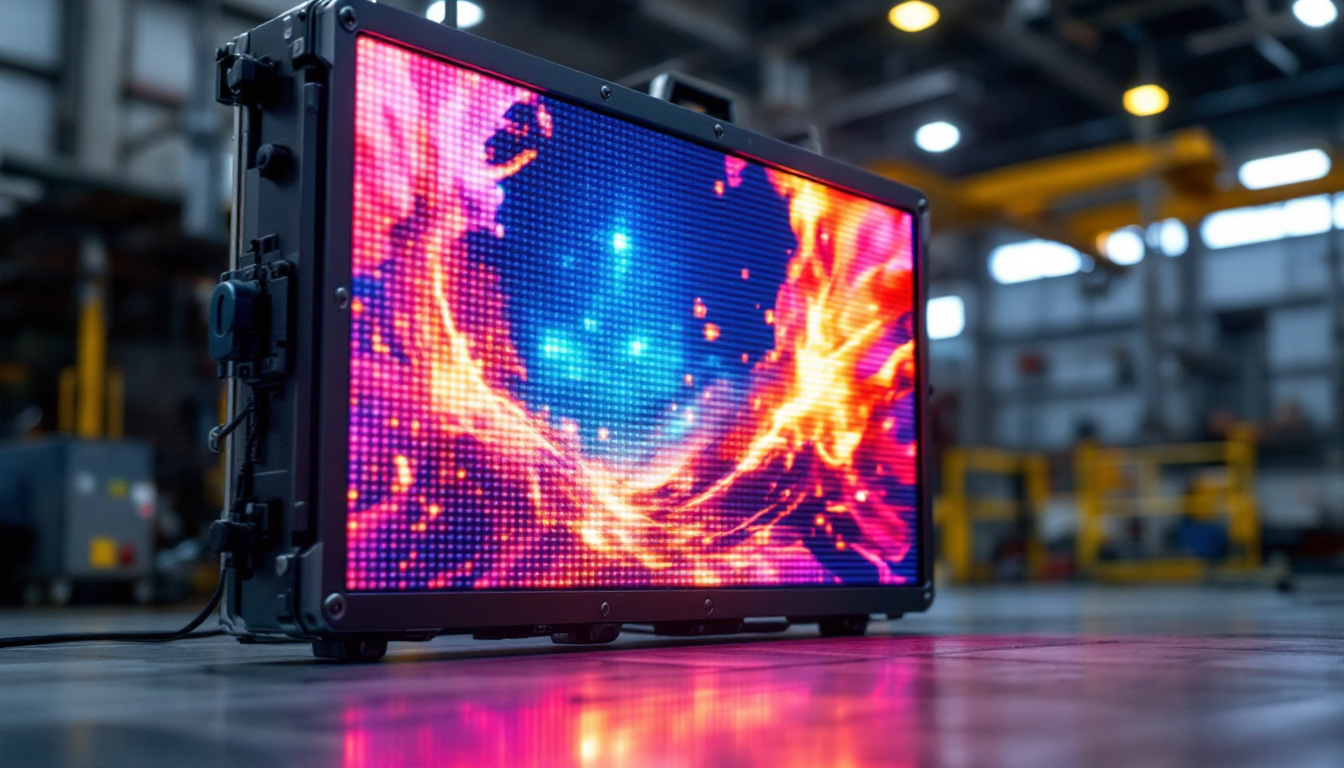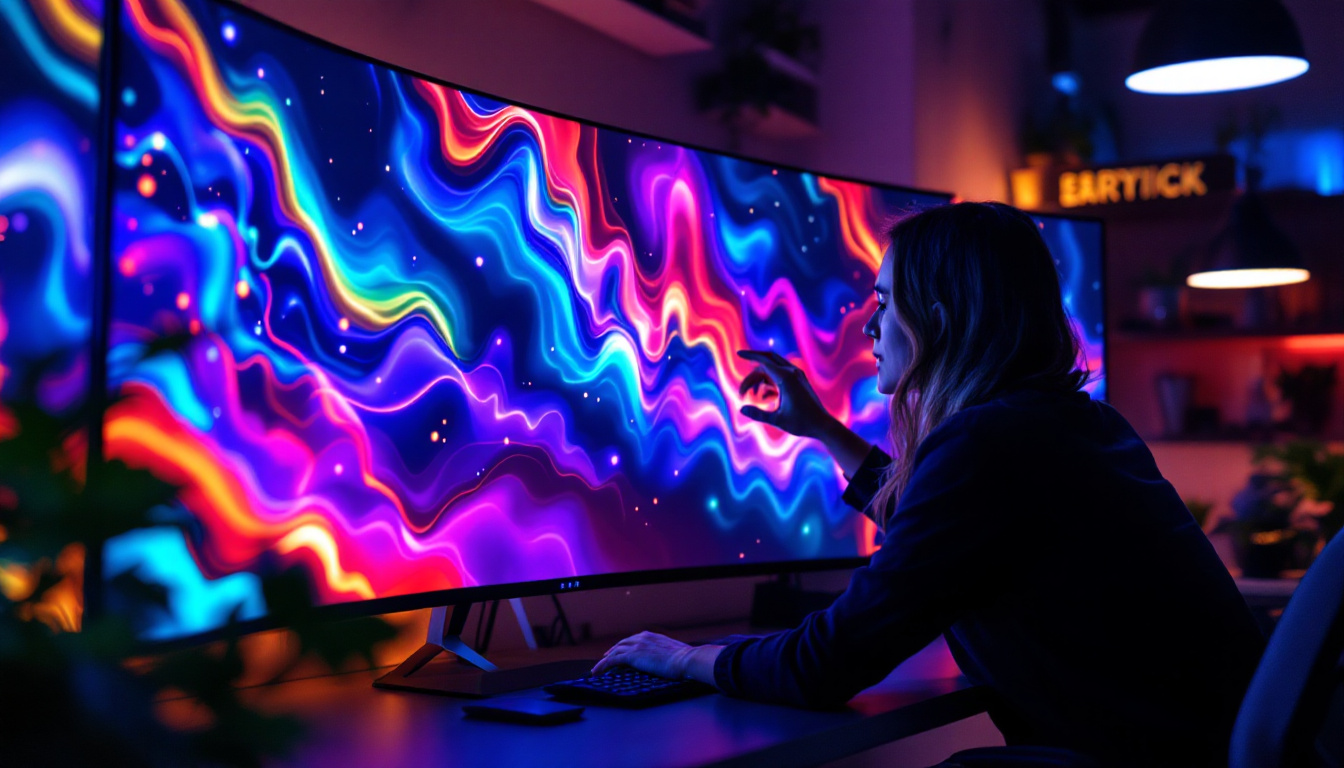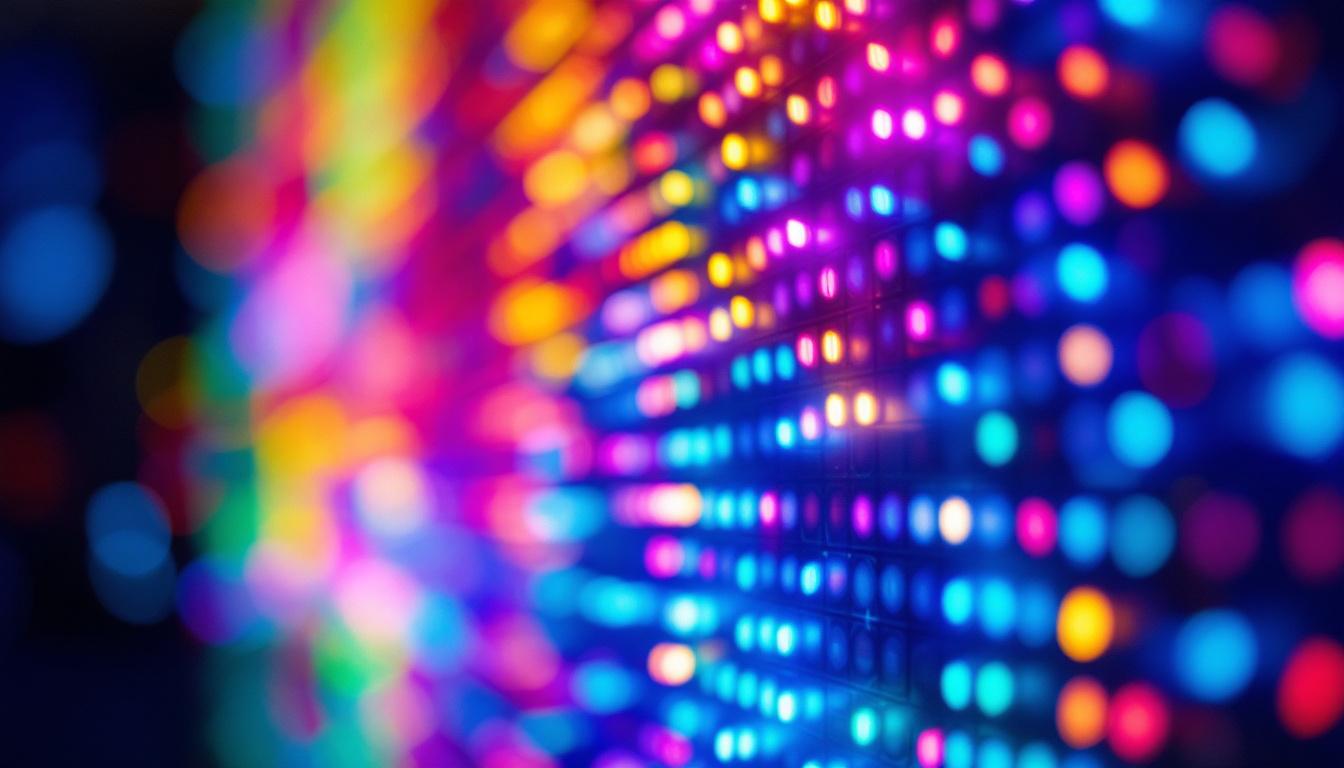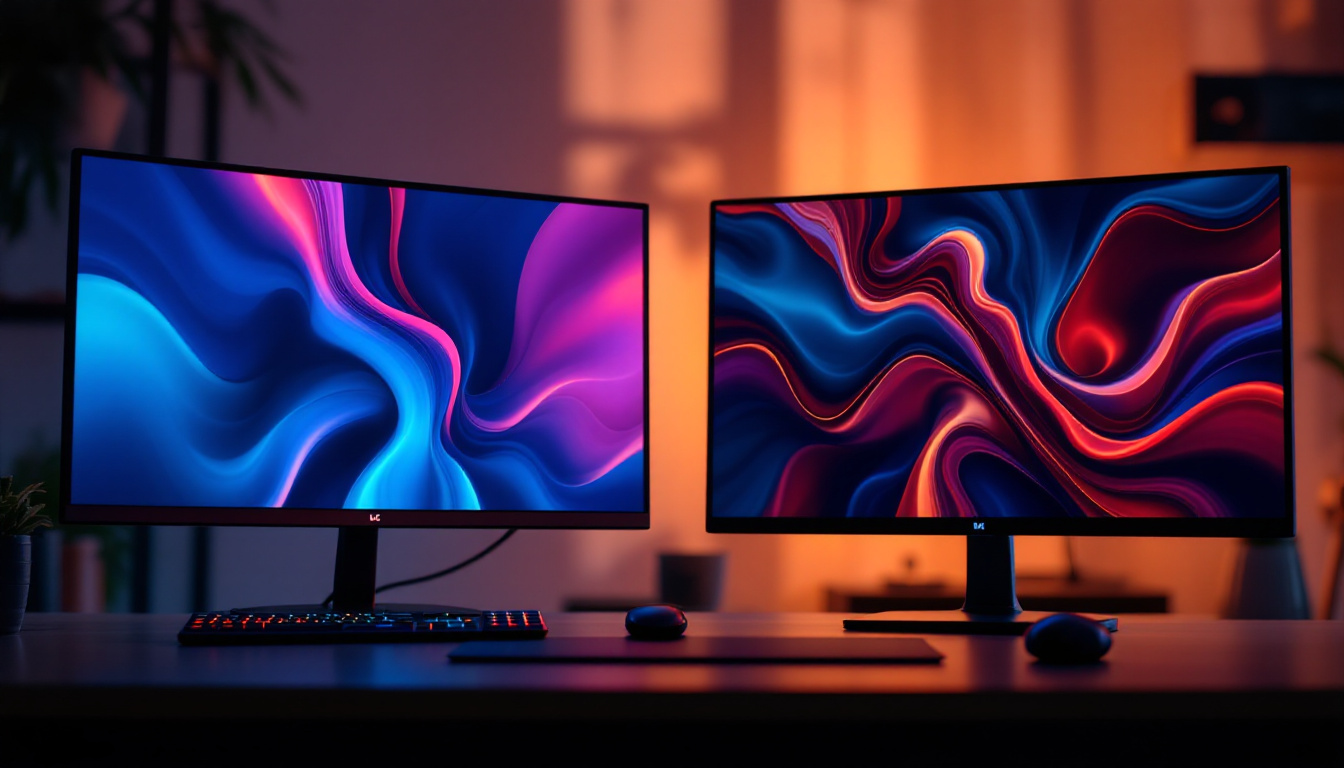How To Adjust PC Screen Brightness: LED Display Explained
In the digital age, where screens dominate our daily activities, adjusting the brightness of your PC screen is essential for both comfort and productivity. Whether you’re working late at night or enjoying a bright sunny day, the right screen brightness can significantly enhance your viewing experience. This article will delve into the intricacies of LED displays and guide you through the various methods to adjust your PC screen brightness effectively.
Understanding LED Displays
LED (Light Emitting Diode) displays have become the standard in modern computer monitors and laptops due to their energy efficiency and superior image quality. Unlike traditional LCD screens, which rely on fluorescent backlighting, LED displays utilize tiny diodes that emit light, resulting in brighter images and deeper blacks.
The Advantages of LED Technology
One of the primary benefits of LED displays is their ability to produce a wider color gamut. This means that colors appear more vibrant and true to life, enhancing everything from graphic design to gaming experiences. Additionally, LED screens consume less power compared to their LCD counterparts, making them a more environmentally friendly option.
Another significant advantage is their slim profile. LED technology allows for thinner screens, which is particularly beneficial for laptops and portable devices. This design not only saves space but also contributes to a more modern aesthetic in electronic devices. Furthermore, the lightweight nature of LED displays makes them easier to transport, catering to the needs of professionals who are always on the go.
How LED Displays Work
LED displays work by utilizing a matrix of pixels, each composed of sub-pixels in red, green, and blue. By adjusting the intensity of these sub-pixels, the display can create a vast array of colors. The brightness of the screen is controlled by the amount of light emitted from these LEDs, which can be adjusted based on user preference or ambient lighting conditions.
Moreover, many LED displays come equipped with features like adaptive brightness, which automatically adjusts the screen’s brightness based on the surrounding light. This technology not only enhances visibility but also helps reduce eye strain during prolonged use. In addition to adaptive brightness, some LED displays incorporate flicker-free technology and blue light filters, further promoting eye comfort and health, especially for users who spend long hours in front of their screens. These advancements make LED displays not just a choice for quality, but also for overall user well-being.
Why Adjusting Brightness Matters
Adjusting the brightness of your PC screen is not merely a matter of preference; it plays a crucial role in eye health and overall comfort. Inadequate brightness can lead to eye strain, headaches, and fatigue, especially during extended periods of use.
Impact on Eye Health
Prolonged exposure to screens with improper brightness levels can cause digital eye strain, a condition characterized by symptoms such as dry eyes, blurred vision, and discomfort. By adjusting your screen brightness to match your environment, you can help mitigate these effects and promote better eye health.
Furthermore, excessive brightness can lead to glare, making it difficult to see the screen clearly. Conversely, a screen that is too dim may force the eyes to work harder, leading to fatigue. Finding the right balance is essential for maintaining comfort during computer use. It’s important to note that ambient lighting also plays a significant role in how we perceive screen brightness. For instance, working in a dimly lit room can make a bright screen feel harsher on the eyes, while a well-lit environment can soften the impact of screen light, making it easier to adjust to various brightness levels.
Enhancing Productivity
Proper screen brightness can also enhance productivity. A well-lit screen can improve visibility, making it easier to read text, view images, and engage with software applications. In contrast, a poorly adjusted screen can lead to mistakes, slow down work, and even cause frustration.
Moreover, adjusting brightness based on the time of day can help maintain focus. For instance, a brighter screen may be beneficial during the day when natural light is abundant, while a softer glow may be preferable in the evening to reduce blue light exposure, which can interfere with sleep patterns. Additionally, many modern operating systems and devices offer automatic brightness adjustment features that use sensors to detect surrounding light conditions. This technology can help ensure that your screen brightness is always optimized for your environment, allowing you to work efficiently without the constant need for manual adjustments.
Methods to Adjust PC Screen Brightness
Adjusting the brightness of your PC screen can be done through various methods, depending on the operating system and the type of display you are using. Below are some of the most common methods for both Windows and Mac users.
For Windows Users
Windows operating systems provide several straightforward methods to adjust screen brightness. Here are the most common approaches:
Using Keyboard Shortcuts
Most laptops and some desktop monitors come equipped with dedicated brightness keys on the keyboard. These keys are often represented by a sun icon and can be found on the function keys. To adjust brightness, simply hold down the “Fn” key and press the corresponding brightness key.
Through Windows Settings
For a more precise adjustment, users can navigate through the Windows Settings:
- Click on the “Start” menu and select “Settings.”
- Choose “System” and then click on “Display.”
- Under the “Brightness and color” section, use the slider to adjust the brightness level to your preference.
This method allows for finer control over brightness levels, especially useful for users who require specific settings for different tasks.
Using Action Center
Another quick way to adjust brightness is through the Action Center:
- Click on the notification icon located in the taskbar.
- Locate the brightness slider and adjust it to your desired level.
This method is particularly convenient for quick adjustments without navigating through multiple menus.
For Mac Users
Mac users also have several options for adjusting screen brightness:
Using Keyboard Controls
Similar to Windows, Mac laptops feature brightness keys on the keyboard, typically represented by sun icons. Pressing these keys will increase or decrease the brightness of the screen instantly.
Through System Preferences
For a more detailed adjustment, users can access the System Preferences:
- Click on the Apple logo in the top-left corner and select “System Preferences.”
- Choose “Displays.”
- In the “Display” tab, use the brightness slider to adjust the screen brightness.
This method provides additional options, such as enabling “Automatically adjust brightness,” which allows the system to adjust brightness based on ambient light conditions.
Using the Touch Bar
If using a MacBook with a Touch Bar, brightness can be adjusted directly from the Touch Bar. Simply slide your finger on the brightness slider to increase or decrease the brightness level.
Advanced Brightness Adjustment Techniques
For users seeking more advanced control over their screen brightness, several additional techniques and tools can be employed. These methods can enhance the viewing experience further and cater to specific needs.
Third-Party Software
Various third-party applications allow for more granular control over screen brightness and color settings. Software such as f.lux or Iris can adjust brightness based on the time of day, reducing blue light exposure during the evening to promote better sleep.
These applications often come with customizable settings, enabling users to tailor brightness levels and color temperatures according to their preferences, which can be particularly beneficial for graphic designers or those working in low-light environments.
Using Graphics Control Panels
If your PC is equipped with a dedicated graphics card, such as those from NVIDIA or AMD, you can access the graphics control panel to adjust brightness and other display settings:
- Right-click on the desktop and select the graphics control panel (e.g., NVIDIA Control Panel).
- Navigate to the display settings section.
- Adjust the brightness and other parameters as needed.
This method allows for a more comprehensive adjustment of not just brightness, but also contrast, gamma, and color settings, providing a tailored viewing experience.
Common Issues and Troubleshooting
While adjusting screen brightness is generally straightforward, users may encounter issues that hinder their ability to make adjustments. Below are some common problems and their solutions.
Brightness Slider Not Responding
Sometimes, the brightness slider may become unresponsive. This can be due to outdated drivers or system settings. To resolve this issue:
- Update your graphics drivers by visiting the manufacturer’s website or using Windows Update.
- Restart your computer to refresh system settings.
If the issue persists, checking for Windows updates may also help resolve underlying system conflicts.
Adaptive Brightness Not Working
If the adaptive brightness feature is not functioning correctly, it may be disabled in the system settings. To enable it:
- Go to “Settings” and select “System.”
- Click on “Display” and ensure the “Change brightness automatically when lighting changes” option is checked.
Additionally, ensure that the device’s ambient light sensor is not obstructed, as this can affect its ability to detect surrounding light levels.
Conclusion
Adjusting the brightness of your PC screen is a fundamental aspect of optimizing your computer experience. Understanding the workings of LED displays and the importance of proper brightness levels can significantly enhance both comfort and productivity. With the methods outlined in this article, users can easily adapt their screen brightness to suit their needs, ensuring a more enjoyable and healthier computing experience.
Whether through keyboard shortcuts, system settings, or advanced software, the ability to control screen brightness is a valuable skill for anyone who spends considerable time in front of a computer. By taking the time to adjust brightness levels appropriately, users can protect their eye health and improve their overall digital experience.
Explore Cutting-Edge Brightness Control with LumenMatrix
Now that you understand the importance of adjusting your PC screen brightness and the benefits of LED display technology, take the next step with LumenMatrix. As a leader in innovative LED solutions, LumenMatrix offers an extensive range of products, from Indoor and Outdoor LED Wall Displays to specialized options like Vehicle LED Displays and Custom LED Solutions. Elevate your visual experience and engage your audience like never before. Check out LumenMatrix LED Display Solutions today and see the difference that advanced LED technology can make.



